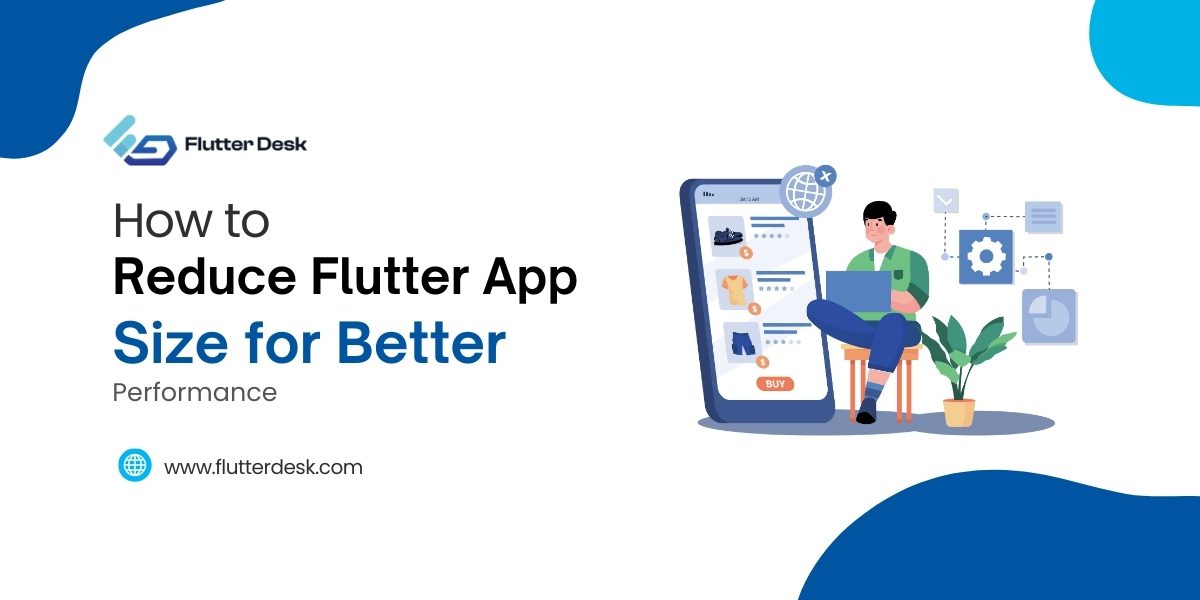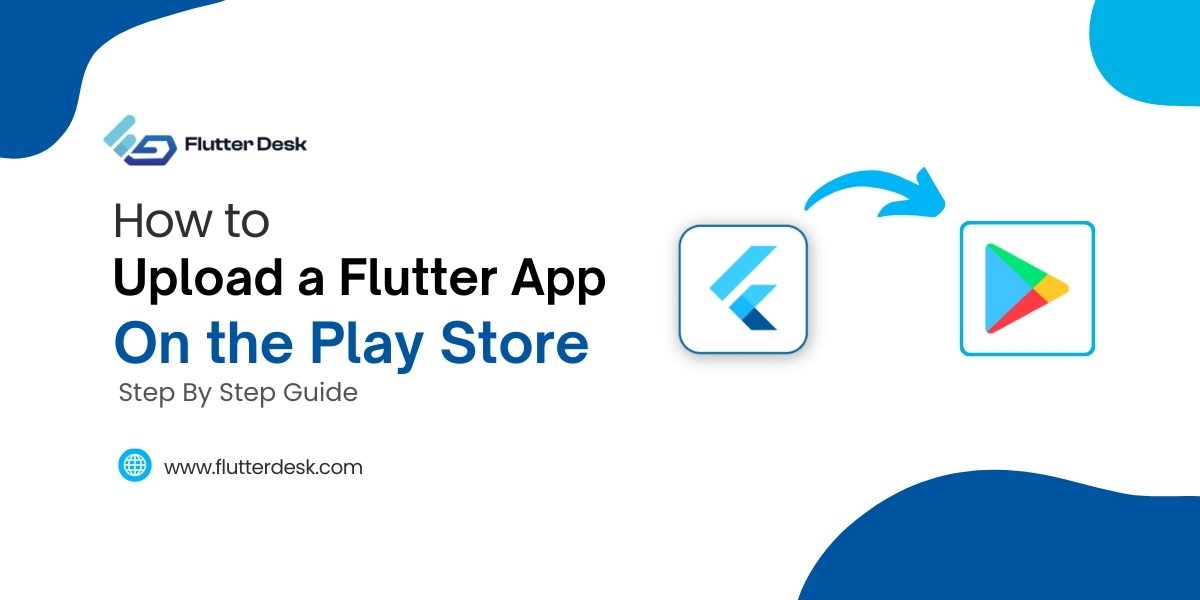Do you remember the annoyance of slow, boring animations? Flutter Loader has come a long way since then.
Before, app developers struggled to create responsive, fluid animations that engaged users without compromising app speed. The Flutter Loader changed this landscape. The Loader simplifies app animation embedding using powerful Flutter framework features, creating a more immersive and engaging user experience.
Let’s learn how flutter loaders have revolutionized the animation world.
Flutter Loader
Flutter Loader is a part of the Flutter framework, developed to manage resource loading in mobile apps. It enhances the user experience by displaying dynamic flutter animations as the program loads material in the background.
It helps to bridge the gap between user action and response. It provides an interactive and engaging user interface when an app is idle, reducing perceived lag and enhancing the overall user experience.
Last but not least, it provides multiple options to developers regarding loading strategies, thus empowering developers to choose the animation as per their requirements.
Flutter Loader Widget
A Flutter loader widget is a crucial piece of an app’s user interface, typically taking the form of a spinning circle throughout the loading process. It’s a visual indicator when something is loading, improving usability by making users feel like they aren’t waiting as long.
Each widget has its features and uses. Flutter_easyloading, getwidget, flutter_spinkit, and more. These loaders track task progress, engage users, and load data. The Flutter Loader is valid for any mobile app because these loaders give developers several possibilities.
How To Implement A Loading Dialog In Flutter
You can implement loading dialogue in the form of using the CircularProgressIndicator widget simply by following simple steps:
- Create Loading Dialog Function: Define a function to display a loading dialog.
void showLoadingDialog(BuildContext context) {
showDialog(
context: context,
barrierDismissible: false,
builder: (BuildContext context) {
return const Dialog(child: CircularProgressIndicator());
},
);
}
- Invoke Loading Dialog: Call the showLoadingDialog() function at the beginning of a task that requires loading time.
- Dismiss the Dialog: Close the dialog when the task completes using Navigator.of(context).pop();
- Customization: For a more aesthetically pleasing or complex dialog, modify the Dialog child within the showLoadingDialog function.
Remember that careful alignment of dialog showing and dismissing with the start and end of loading events is vital for the correct function of your app.
Types of Flutter Loaders
- CircularProgressIndicator: This is the standard circular loading spinner provided by Flutter. It’s perfect for generic loading scenarios.
- LinearProgressIndicator: A horizontal progress bar that fills up as your task progresses.
- flutter_spinkit: This package offers a collection of loading indicators animated with Flutter. Numerous styles are available such as FoldingCube, RotatingCircle, WanderingCubes, and many more.
- flutter_easyloading: This package allows developers to display loading, success, error, and info notifications. It’s highly customizable and can be globally configured.
- getwidget: This toolkit includes a loader widget that you can tailor to your application’s style.
- loading_indicator: A library of loading animations for Flutter inspired by Loaders.css and NVActivityIndicatorView.
Flutter Loader with GFLoader
GFLoader, included in the GetWidget library, improves upon the Flutter Loader by allowing individualized loading indicators. Featuring designs like the Android-style spinner, the iOS-style indication, and a novel square loader, it injects a dash of originality into an app’s loading screens.
Flutter’s innate variety and customization possibilities are complemented by GFLoader, which allows you to showcase the distinctive aesthetics of your app during the loading process, increasing user engagement.
GF Custom Loader in Flutter Properties
The following properties can be used to fine-tune the appearance and behavior of your GFLoader, allowing you to create a loading indicator that perfectly fits the design and requirements of your Flutter application.
| Property | Description | Example |
| Type | Specifies the Loader type | ‘GFLoaderType.circle’ ‘GFLoaderType.android’ |
| Size | Adjust the size of the loader | ‘GFSize.small, 50.0’ |
| LoaderIconOne | The first dot can be customized with various elements, such as text, icons, or images in the custom loader type. | Checkmark Icon Dot |
| LoaderIconTwo | The second dot can be customized with various elements, such as text, icons, or images in the custom loader type. | Star Image Dot |
| LoaderIconThree | The third dot can be customized with various elements such as text, icons, or images in the custom loader type. | Text Message Dot |
| Child | In GFLoader’s custom type, `primaryLoaderIcon` overrides `loaderIconOne,` `loaderIconTwo,` and `loaderIconThree.` | Overriding Heart Icon
|
Conclusion
Now we are aware of how Flutter Loader has revolutionized mobile app development.
Flutter Loader is essential for immersive and engaging user experiences because it seamlessly integrates dynamic animations and quick-loading algorithms.
Flutter Loader lets developers engage users during loading periods with smooth circular or appealing custom loaders. Developers can add beautiful, interactive loading indicators to their programs using its customizable settings and GFLoader. Flutter Loader turns loading times into opportunities to exhibit an app’s creativity and detail. Flutter Loader will transform your app’s loading experience and boost user engagement.











